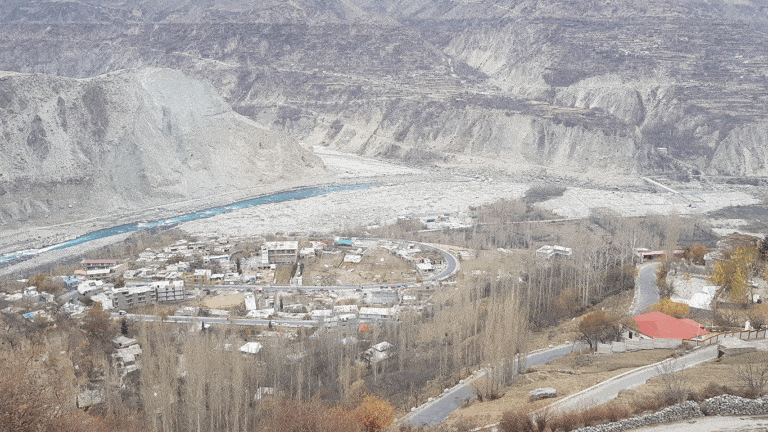From Khalisa Sarkar Land to Land Reforms: Legal Liminality, State Control, and Resistance in Gilgit-Baltistan, Pakistan
Nadia Ali’s latest article explores how infrastructural expansion under the China–Pakistan Economic Corridor (CPEC), alongside growing state and private interests in tourism and mineral extraction, has altered the region of Gilgit-Baltistan.
Abstract
This article examines the evolution of the Khalisa Sarkar (state-owned) land framework to analyse frontier-territorialisation in Gilgit-Baltistan, a geopolitically contested region within the India–Pakistan Kashmir conflict. The Khalisa land framework, reclassified communal lands (Shamilaat-e-Deh) as state property, dispossessing local communities of ownership and use rights. Drawing on qualitative fieldwork, this article traces the framework’s trajectory from its pre-colonial and colonial origins under the Dogra State and British rule to its expansion under the Pakistani state and, its abolition through the Land Reforms. It highlights persistent local resistance through litigations and grassroots protests against the state’s claims to lands designated as Khalisa. It also illustrates how infrastructural expansion under the CPEC, beside growing state and private interests in tourism and mineral extraction, transformed Gilgit-Baltistan from a ‘barren’ landscape to a ‘resource frontier’. This reconfiguration led to the abolition of the long-standing Khalisa lands, while simultaneously reinventing territorialisation techniques and reproducing historical patterns of dispossession. This article argues that frontier-territorialisation is a cyclical and contested process, wherein legal and territorialisation instruments are continuously adapted to changing state and capitalist imperatives. The article contributes to debates on frontier dynamics, land governance, state-building, and legal liminality in contested regions.

